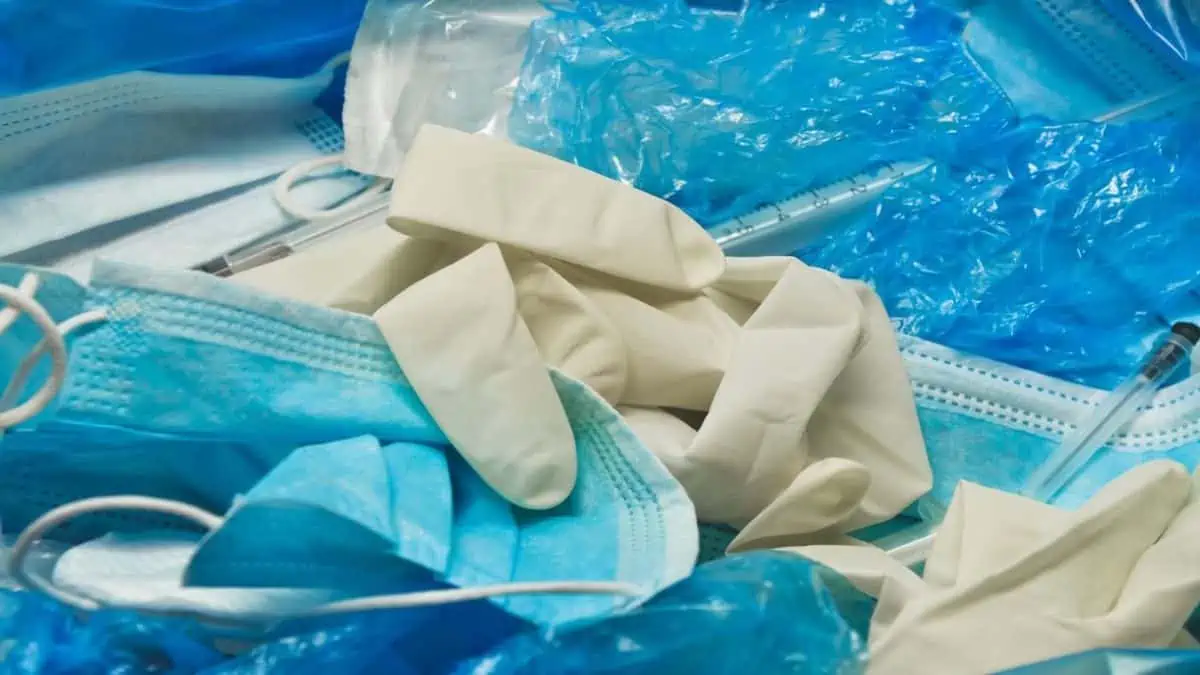The medical supply industry is the business of supplying the healthcare industry with items such as surgical instruments, bandages, general wound care, gloves, staff and patient apparel, and other medical equipment. However, due to the nature of work involved in healthcare facilities, a significant amount of medical supply waste is generally expected.
Medical supply waste is an issue that plagues healthcare facilities across the world. It’s not just a problem for the providers themselves, as it’s also becoming a problem for the environment.
And with that, healthcare facilities are striving hard to be more efficient to reduce the waste they produce and manage their inventories effectively to maximize medical supplies.
To start, here are some of the best practices you can adopt in your healthcare facility to mitigate and reduce medical supply waste:
1. Organizing The Supply Room
The first thing that you’ll want to do is take an inventory of everything in your supply room. Make a list of everything in there, including gauze, gloves, bandages, surgical masks, thermometers, cotton swabs, eye drops, earplugs, earbuds, IV bags, medical equipment, or even syringes, like the ones you can get from Fagron Sterile services or others around you.
Having a comprehensive list can be an effective way to manage your inventories successfully. Once you’ve made this list, it’s time to start organizing.
By organizing your facility’s supply room, you can be in a better position to oversee your medical supplies and minimize waste. For instance, if you have a large supply room, it can be hard to track which supplies you have on hand and what needs to be reordered. Furthermore, it can be a challenge to stay updated on which goods are about to exceed their shelf life, which could lead to waste.
To help you organize your facility’s supply room, it’s recommended to use an inventory management system that allows you to find what you need when you need it. It’s also important that this system be flexible enough that you can add new products as needed without having to change your entire system.
2. Reducing Ordering Frequency
Aside from lack of proper inventory management, ordering frequency is another factor contributing to medical supply waste produced. The more often an item is ordered, even with sufficient supply, the more likely there will be excess inventory stored in hospitals and other healthcare facilities.
While having a buffer for medical supplies is recommended, especially in an unpredictable hospital setting, having too much surplus can lead to waste. For instance, bandages can lose their sterility, adhesiveness, and absorption over time, making them unsuitable for use.
In short, the supplies’ shelf life could easily get overlooked, which can force facilities to dispose of them to ensure optimum care is administered to patients.
To reduce ordering frequency, work closely with your vendors and providers to develop a supply list that meets your needs. Consider what products are most commonly used in your practice and which ones are likely to run out quickly. Then ensure you have enough of those products on hand so that they won’t need replacing until after they’ve been used up or have reached their expiration date.
Another idea is to consider implementing a just-in-time inventory management system. With this system, you can schedule deliveries only when you need them, rather than relying on a predetermined schedule.
3. Conduct Waste Audits Regularly
One of the ways you can mitigate medical supply waste in your facility is by conducting audits regularly. This can provide you with a macro view to help you understand and analyze how much medical supply waste your healthcare facility is producing.
Essentially, a waste audit is a systematic process that involves examining specific areas of your hospital or clinic to determine what’s going in the trash, where it’s going, and why it’s being thrown away. By identifying where and why your facility generates excess waste, you can make informed decisions and come up with strategies to minimize it.
Considering this can be a tedious task, you can enlist automation tools to help you monitor and manage your medical supplies inventory and waste efficiently.
4. Donate Unused Medical Supplies
If you aren’t sure what to do with your medical supply waste, don’t worry. There are plenty of ways to put that stuff to good use. First of all, don’t throw it out. To help create a sustainable supply chain, if you have medical supplies that still have value, don’t just pitch them in the trash—donate them.
Many organizations accept donations of these items to help patients who cannot afford them otherwise. Some examples include:
- Hospitals and clinics treat people who need orthopedic devices (such as wheelchairs) or prosthetics (such as artificial limbs).
- Nursing homes and assisted living facilities where residents often need help with mobility issues caused by age-related ailments such as arthritis or Parkinson’s disease.
By donating, you’re not only protecting the environment by reducing waste but also contributing to humanity. Furthermore, there are studies with FDA focused on reprocessing (cleaning, sterilizing, and disinfecting) and recycling used supplies and devices to minimize biomedical wastes caused by such single-use devices and supplies.
Final Words
Medical supply waste in the healthcare industry is a severe problem. Aside from the biomedical waste generated due to the hospital operations, there’s also the issue of discarding unused supplies that have exceeded their shelf life. After all, this is to ensure they’re safe and suitable for patient use.
But over the years, efforts have been continuously exerted by the government, suppliers, and healthcare facilities to minimize waste. Although not absolute, such steps can go a long way in protecting the environment and saving resources.

